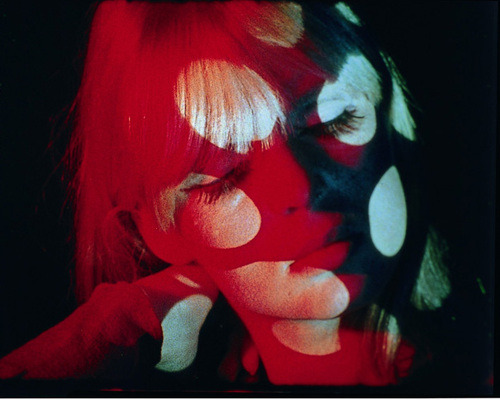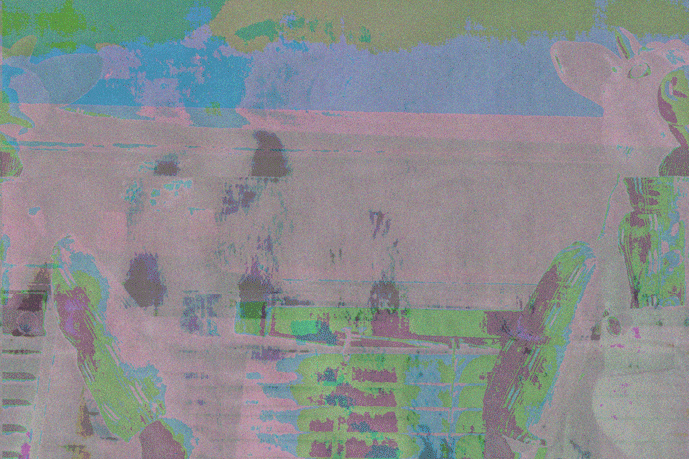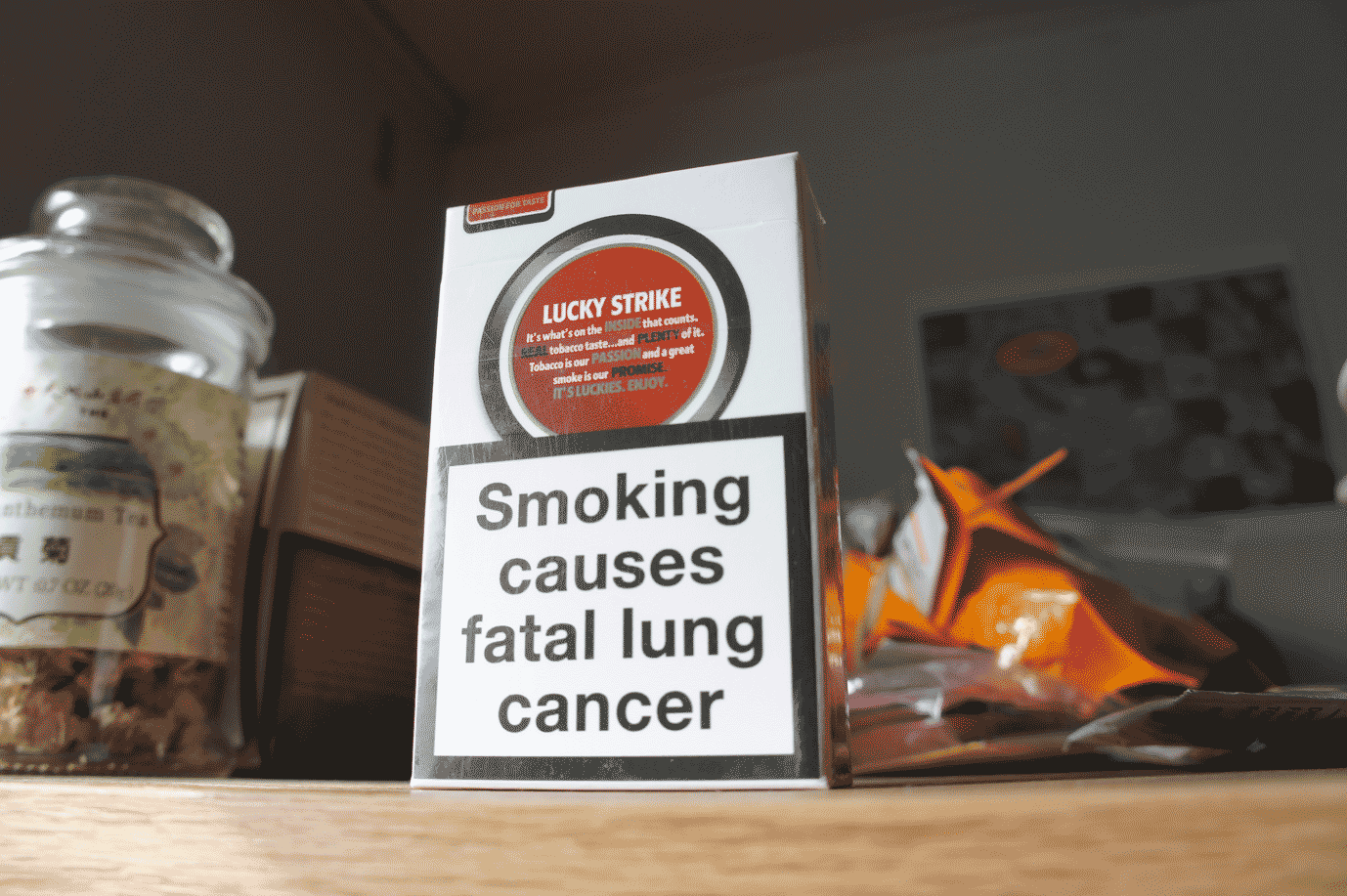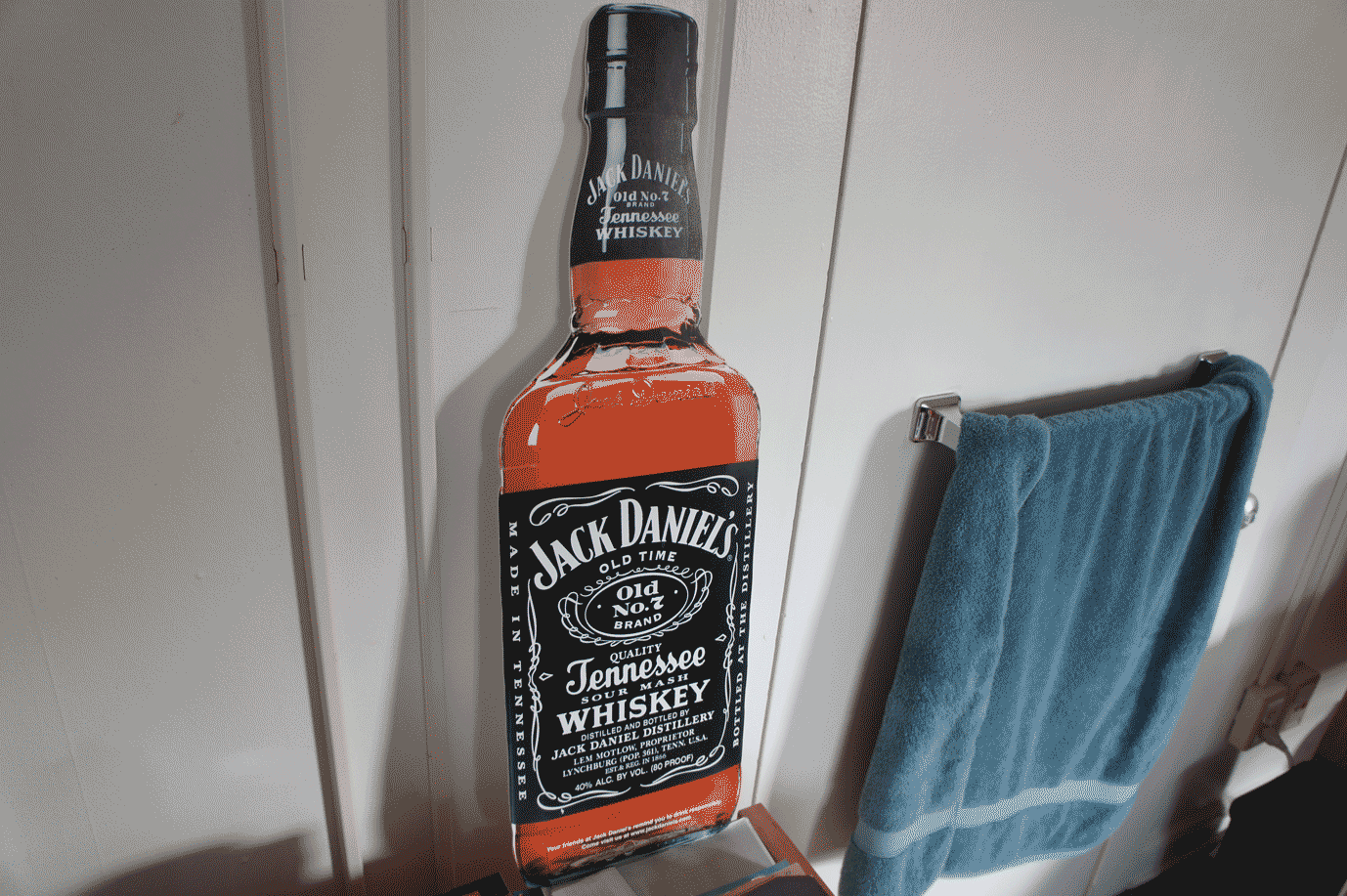Exploding Plastic
Inevitable
The
Exploding Plastic Inevitable (alternatively Plastic Inevitables) were a group
of auditory and visual performance artists (to put it vaguely) formed and
fronted, on the visual side, by Andy Warhol, and typically involving live
performances by the rock band “The Velvet Underground (and Nico).”
EPI was
represented in Marshall McLuhan’s chapter on sound in “The Medium is the
Massage” because of they directly represent the concepts of the auditory sea,
where all sound forms a seamless web, that McLuhan describes. EPI were famous
for the barrage of sound and light they confronted their audiences with, sound
and light that was composed of films and recordings that may have had
traditional significance on their own, but were combined and layered in such a
way that sometimes was highly stimulating, if not entirely incoherent.
EPI was
active only in the years of 1966-1977. Their first performance, in 1966, was at
a dinner for the New York society of Clinical Psychology – during which several
of Warhol’s films were screened, The Velvet Underground and Nico performed, and
guests at tables were assaulted by a duo wielding a video camera and bright
bulb, asked sexually explicit questions and generally demeaned. The event was
called “Up-Tight” (The Art of Projection, 76).
In
1968, critic Wayne McGuire called the Velvet Underground “prophets of a new
age, of breakthrough on electronic: intermedia: total scale.” Several other
critics called the effect of the shows “decadence” or “perversion” (The Art of
Projection, 71).
Warhol’s
provocative, sometimes pornographic films were projected to accompany the
Velvet Underground’s “lengthy, atonal improvisations” and “dark, provocative
songs.” EPI shows used 3-5 movie projectors, “often projecting the different
reels of the same film simultaneously,” slide projectors “moveable by hand so
their images swept the auditorium,” 4 strobe lights, 3 moving spots of
different colors, pistol lights, mirror balls on the ceiling and floor, 3
loudspeakers “blaring different pop records at once,” sets by The Velvet
Underground and Nico, and dancers enhanced by more lighting to “project their
shadows high onto the wall.”

Warhol
after performing at Rutgers University in 1966: “We did two shows for over 650
people… It was fantastic to see Nico singin with a big movie of her face right
behind her… The audience was mesmerized… I was behind one of the projectors,
moving the images around… [The Velvet Underground] were like audio-sadists,
watching the dancers trying to cope with the music” (Andy Warhol 365 Takes, 46)
Jonas
Mekas on EPI: “The film maker became a conductor, having at his fingertips not
only all different creative components – like sound controls, a rock band,
slide projectors, movie projectors, lighting – but also the extreme
personalities of each of the operators of each piece of equipment” (Warhol
[Rainer Crone])
Based on these reactions, it should be apparent why McLuhan would choose EPI to represent
the “web of sound:” the barrage of noise, light, and movement that EPI
confronted its viewers (experiencers?) with is a perfect analogy to the
seamless web sound forms around us. (The Medium is the Massage, 111).
“Any
pattern in which the components co-exist without direct, lineal hook-up or
connection, creating a field of simultaneous relations [which] is auditory… is
a kind of orchestral, resonating unity” (The Agenbite of Outwit).
The EPI
represented the “group consciousness” McLuhan described – “a vast electronic environment”
– in that is was formulated of countless pieces of sound and light (and people)
to create this tremendous, singular entity.
“A
demon electric light” said Wayne McGuire.




















































